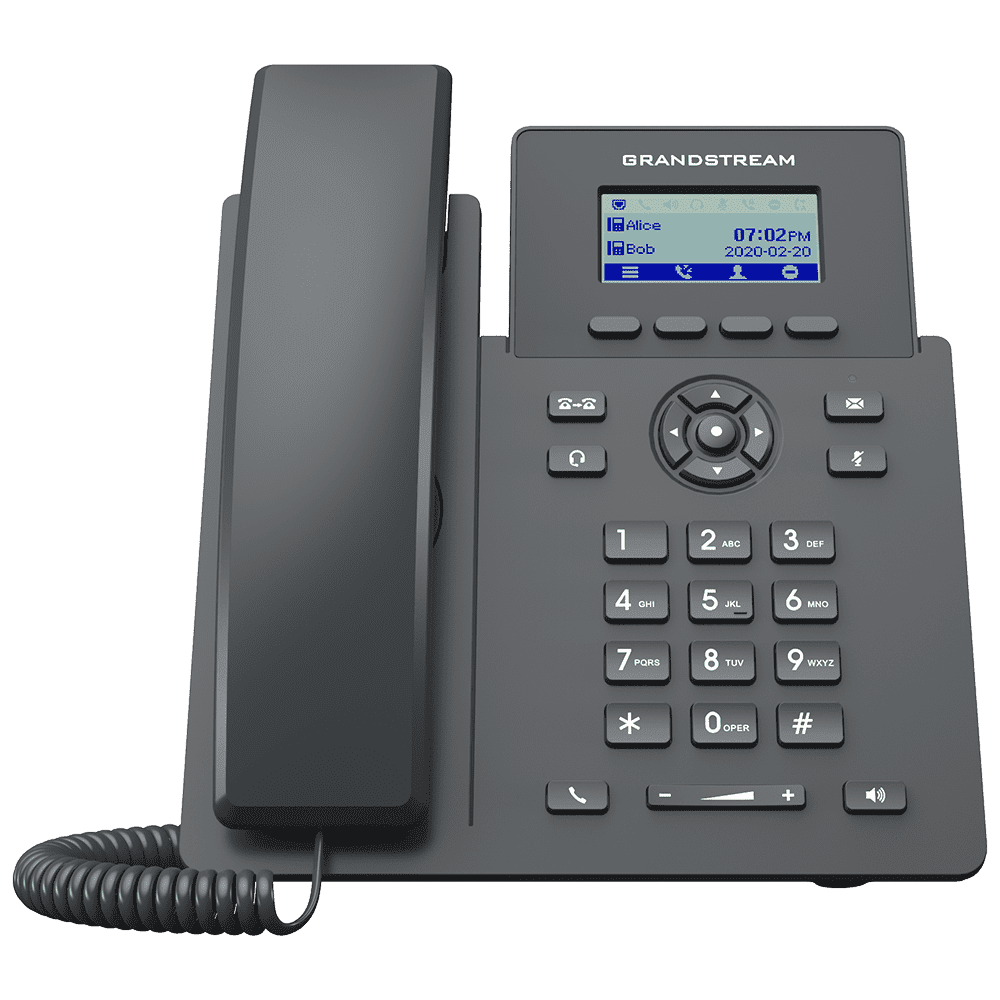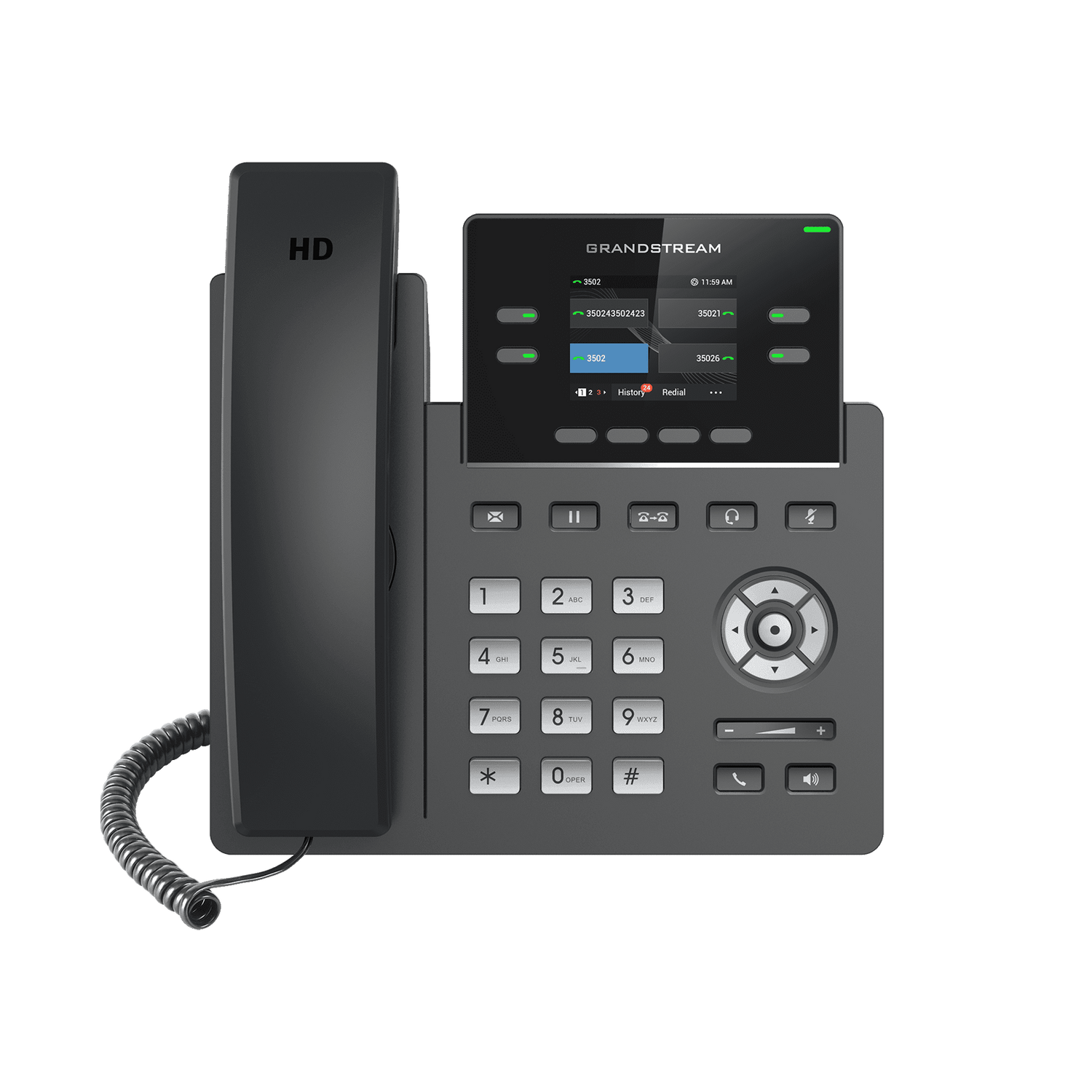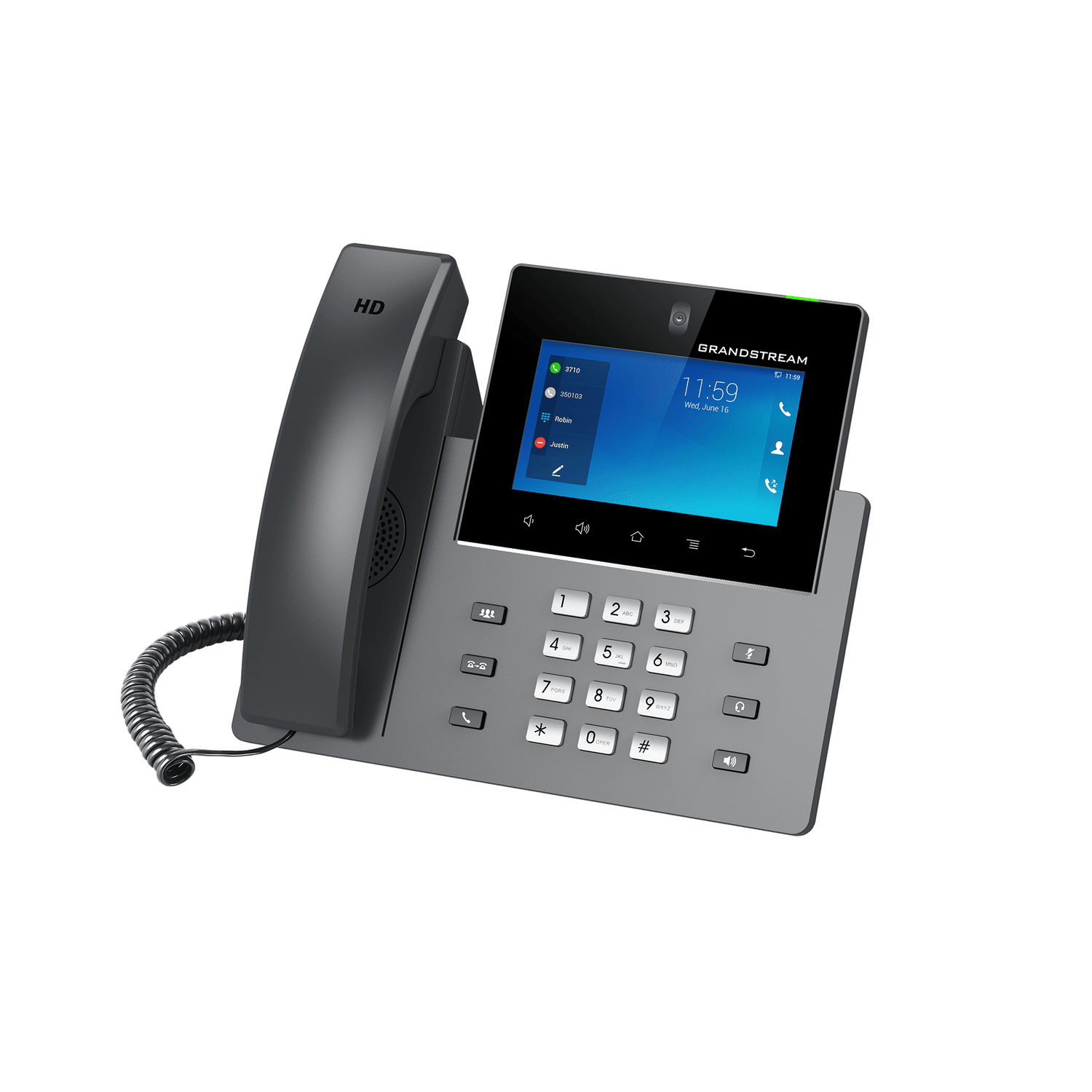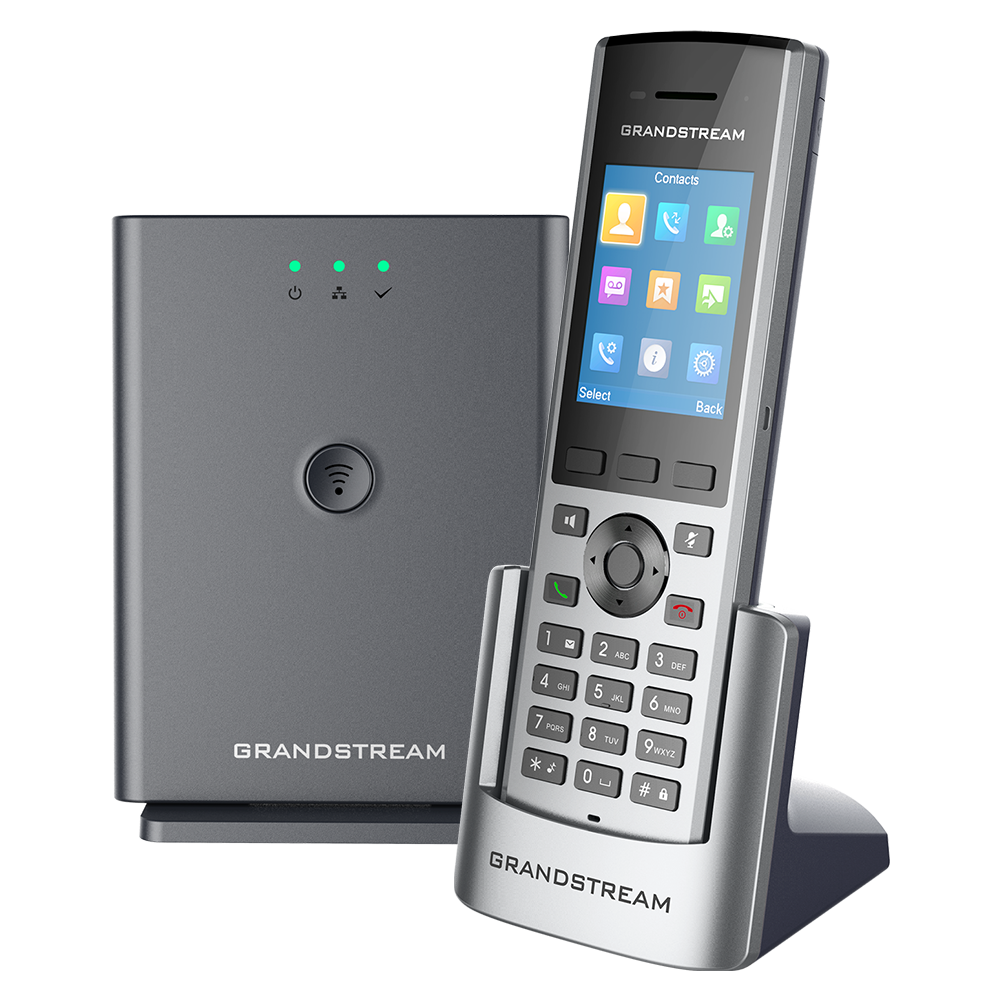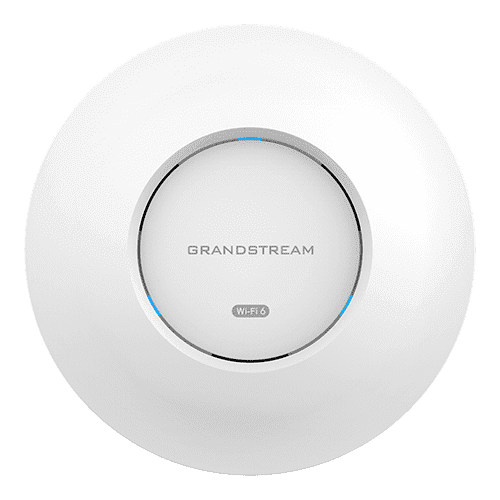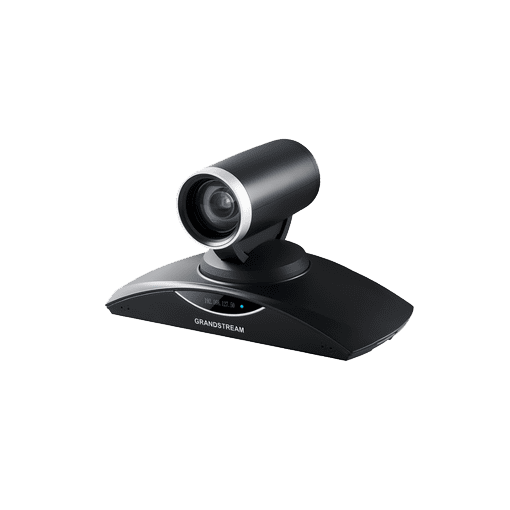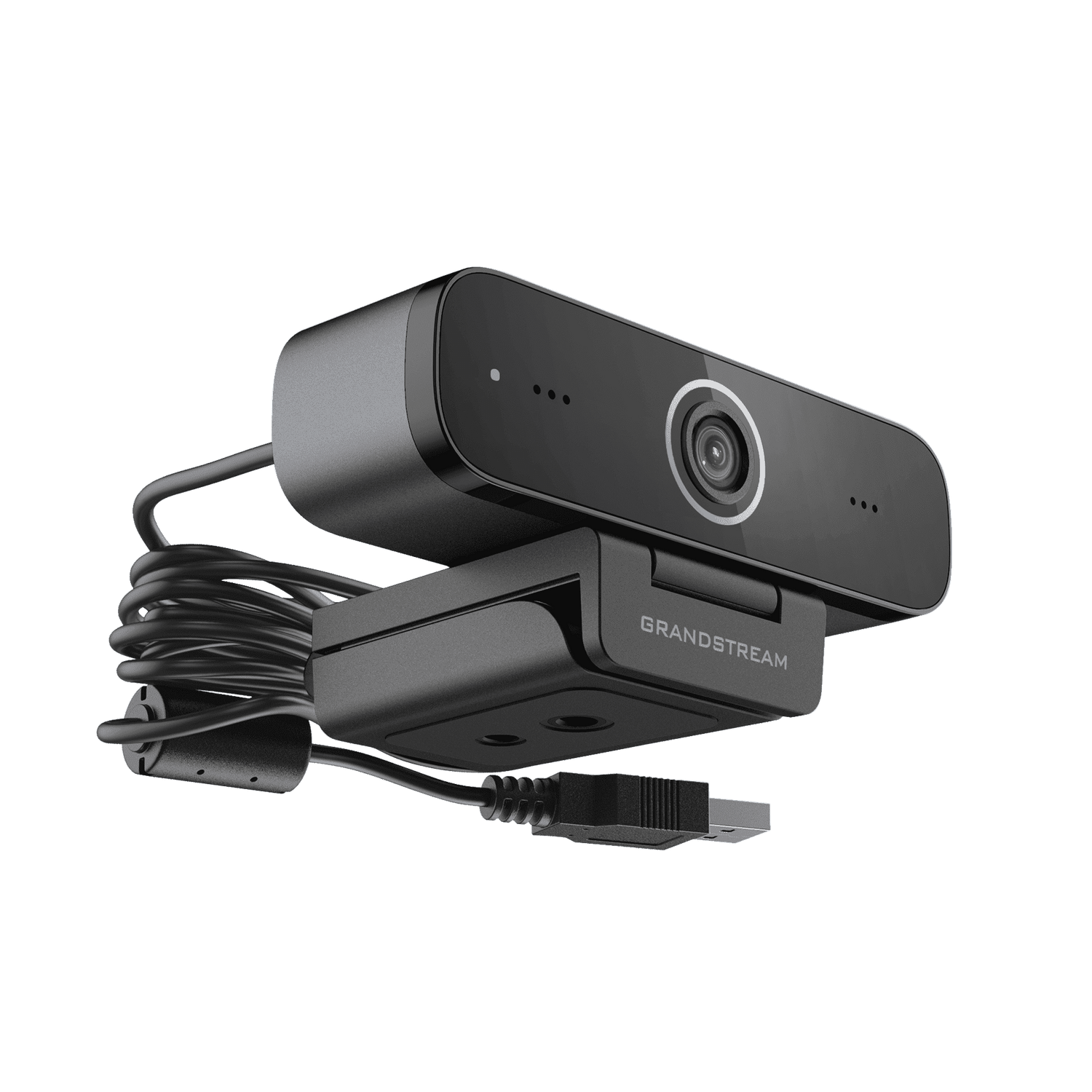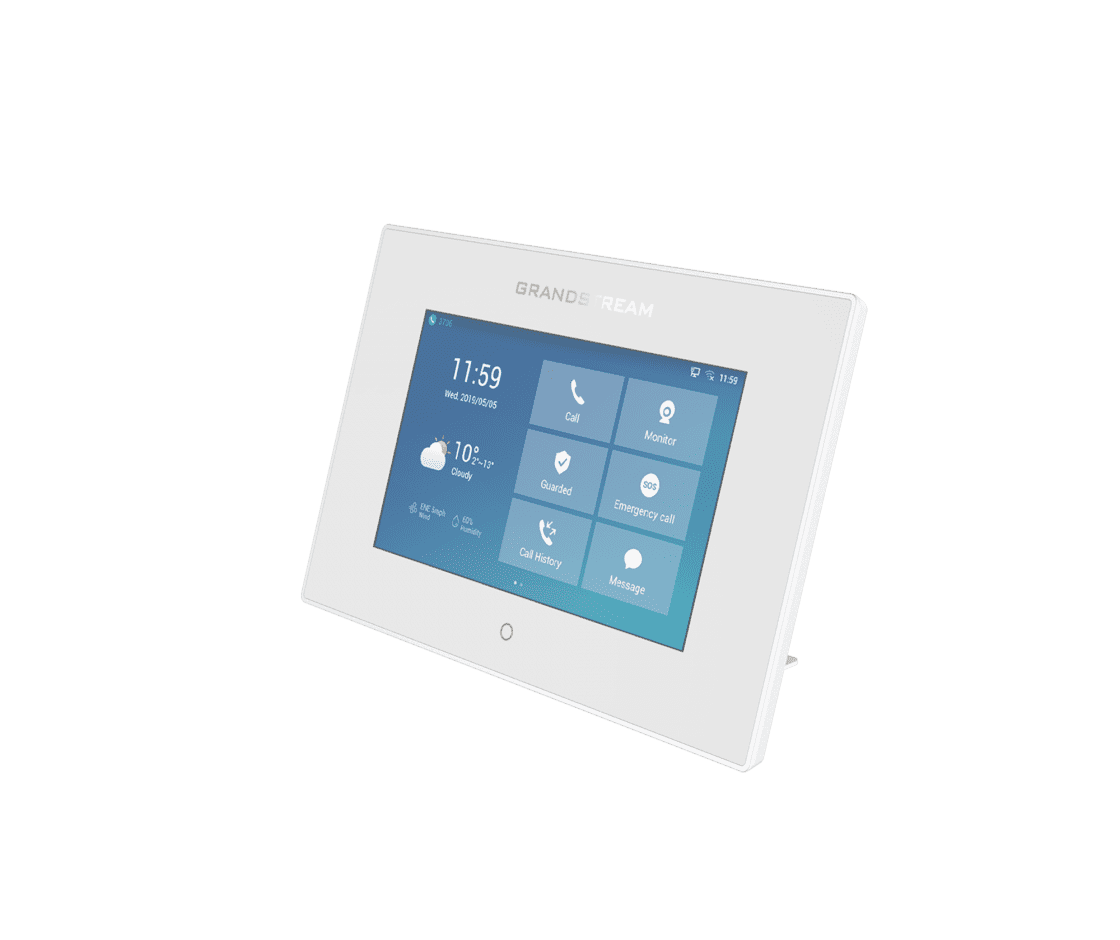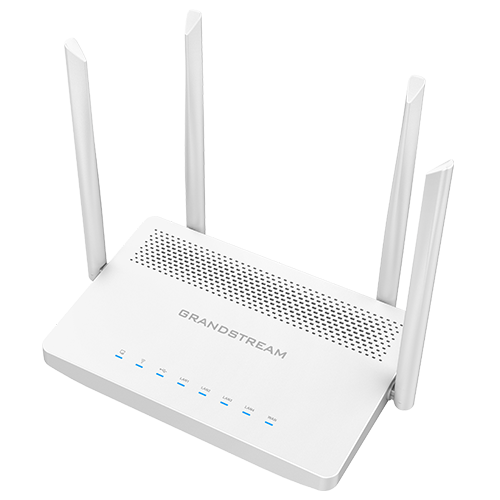When things are not working as they are supposed to do, the PBX offers a few tools for easy troubleshooting of problems. Each domain contains their own log file, which is a key productivity feature in multi-tenant environments. For resolving problems with calls, the PBX can generate PCAP files that provide useful information of why the call did not work as it should. Log files can be automatically deleted after a few days, providing a long enough history without the risk that the hard drive fills up over time.
Administration
 AUTOMATIC SETUP
AUTOMATIC SETUP
After the PBX has been installed, it automatically determines the geographic location. If the location matches one of the known countries, the PBX automatically sets the country code, the time zone, the language and downloads the right audio files for the local language. Administrators don’t have to jump through all the hoops to setup the PBX the right way and instead can focus on setting a name for the system and assigning extensions to users.
 LOCATION INFORMATION
LOCATION INFORMATION
Every extension and every domain can have location information assigned. This is important when the PBX is used in schools, hotels, nursing homes or other places where the location for an emergency call is required. Also for users that frequently work from home, this can provide important information when calling an emergency number. The PBX supports select API for pulling the location information from trunk providers, eliminating the need to enter and maintain the location information.
 DEVICE MANAGEMENT
DEVICE MANAGEMENT
Interoperability has come a long way. Today there is a large choice of VoIP phones in the market that serve practically all needs in the market. The PBX takes care of discovering the devices in the LAN, configuring them to fetch the configuration from the PBX and then generating the files on the fly. The devices can be paired similar to Bluetooth or WLAN devices, eliminating the need to enter passwords. For devices that have buttons, the PBX lists the buttons along with the available modes, so that the domain administrator and the user can assign functions to them. For cloud provisioning, the PBX supports multiple vendors remote provisioning API for zero-touch plug and play.
 TROUBLESHOOTING
TROUBLESHOOTING
![]() MONITORING
MONITORING
The PBX comes with built in SNMP sensors that can report important information about the current status of the PBX, including number of calls and registrations and whether specific trunks are registered. The PBX can send out an email every midnight about the performance of the last day. The PBX keeps track of MOS scores and supports the RTCP-XR protocol for measuring inbound as well as outbound traffic quality.
 CERTIFICATES
CERTIFICATES
In order to make secure communication possible without devices and browsers complaining about untrusted certificates, the PBX supports the ACME protocol to automatically generate those certificates for each domain in use. When used together with the DNS REST client in the PBX for selected DNS providers, the PBX can even generate and automatically renew certificates for devices that are in the LAN. For PBXs that operate on public routable IP addresses, the PBX can generate certificates without DNS control. Where supported, the PBX provisions the certificates to the VoIP phones, so that they can use a secure connection to the PBX.
 SESSION BORDER CONTROLLER
SESSION BORDER CONTROLLER
In order to make traversal of firewalls and NAT routing easier, the PBX includes a Session Border Controller (SBC). It makes far-end NAT for home offices possible and also enables the PBX to operate behind NAT as well. The PBX works with multiple adapters and supports a mix of IPv4 and IPv6 addresses, so that it can be used in multiple VLAN, VPN, LAN and WAN. Automatic white- and blacklisting makes the PBX robust against popular VoIP attacks. This is critical for operating the PBX on a public IP address in multi-tenant environments, but also important to protect single-instance installations from fraud.
 MULTI-TENANT SUPPORT
MULTI-TENANT SUPPORT
For hosted PBX, the PBX can handle multiple domains on the same server. The tenants share the same IP address similar to web servers, tremendously reducing maintenance work. Each domain can have its own login, accounts, its own TLS certificate, its own CDR and recording logs and troubleshooting logs, providing a complete tenant experience. Administrators can limit what the domain administrators can see or change in their domain, for example take away control over SIP trunks and DID assignments. Each domain may use its own logo and their own customizations if necessary.
